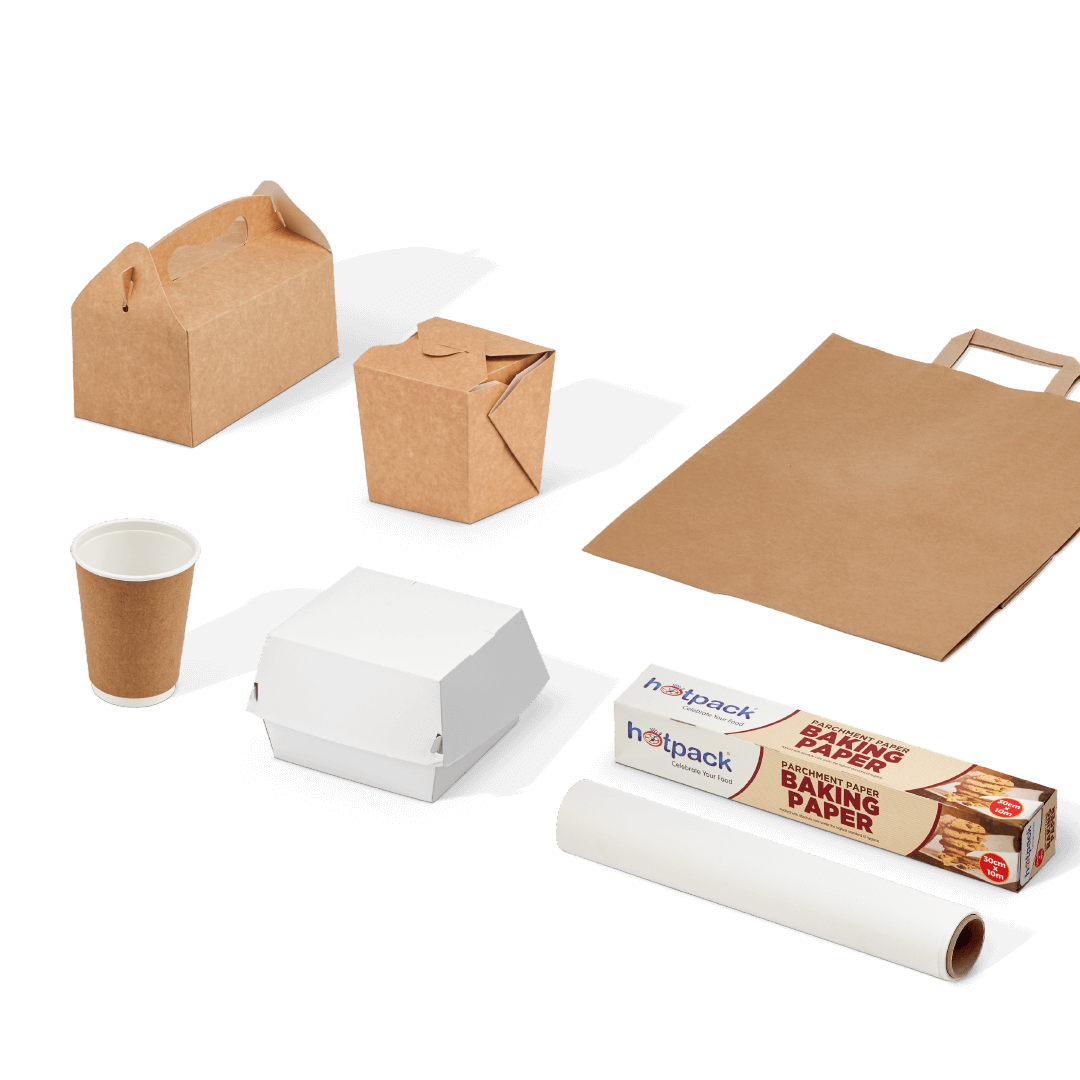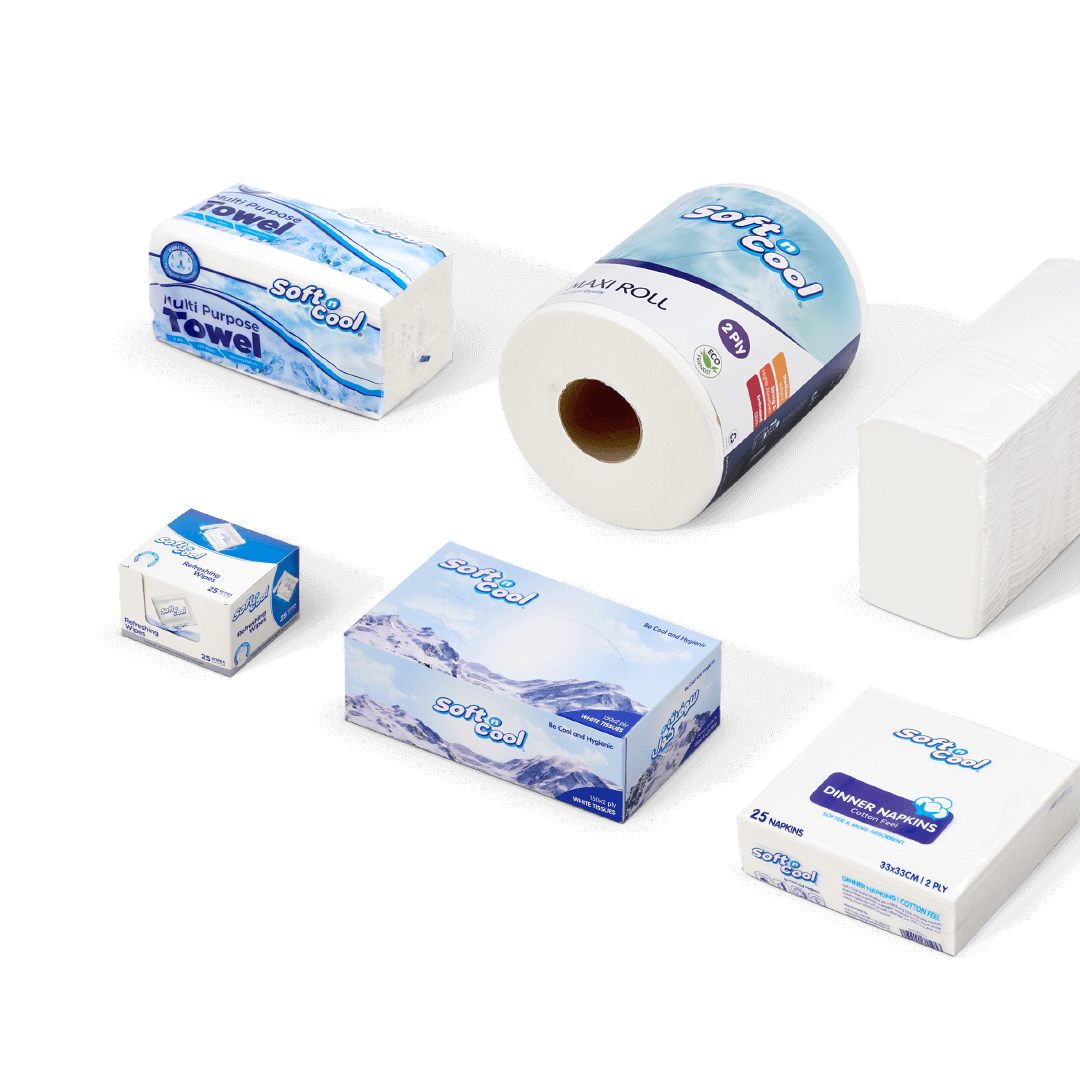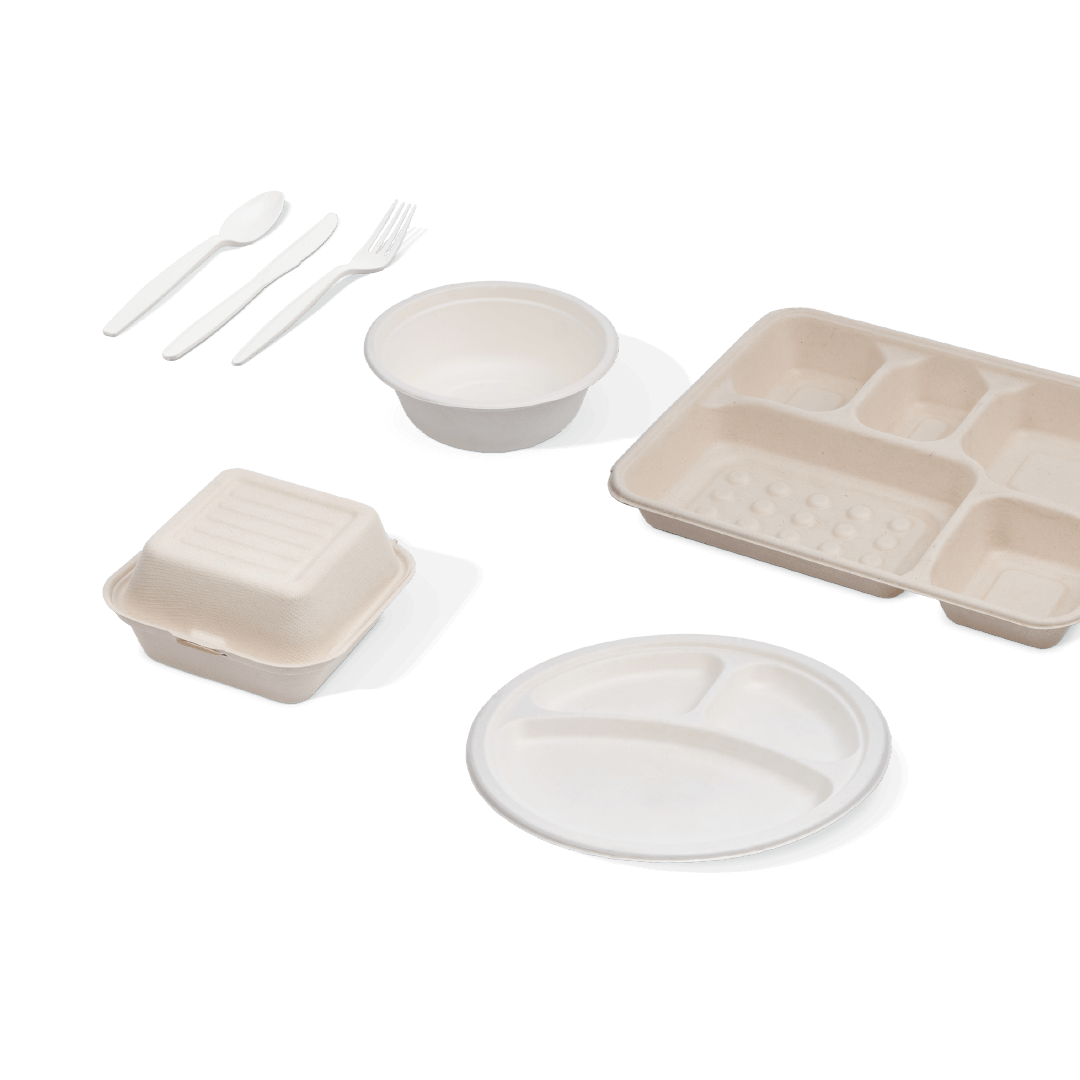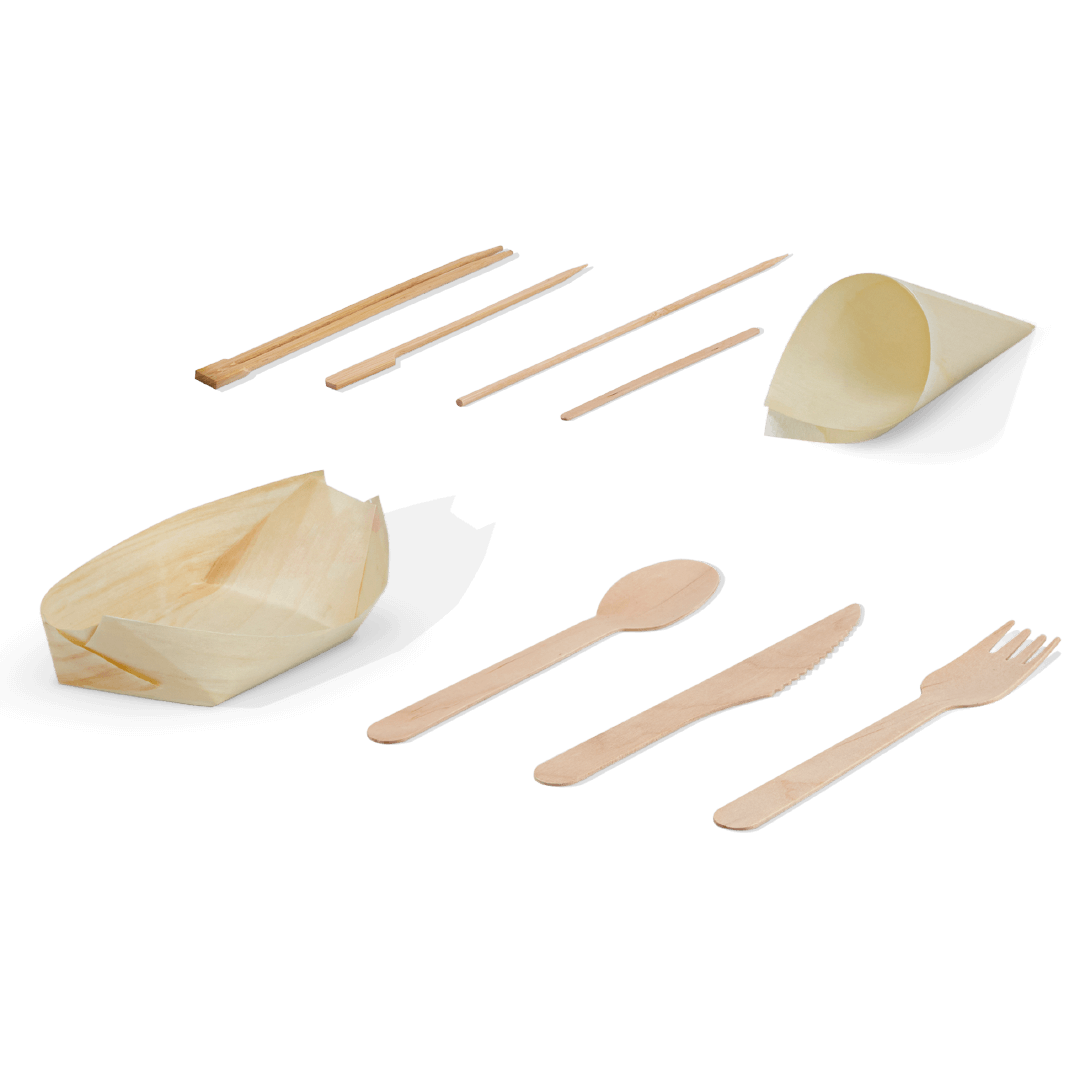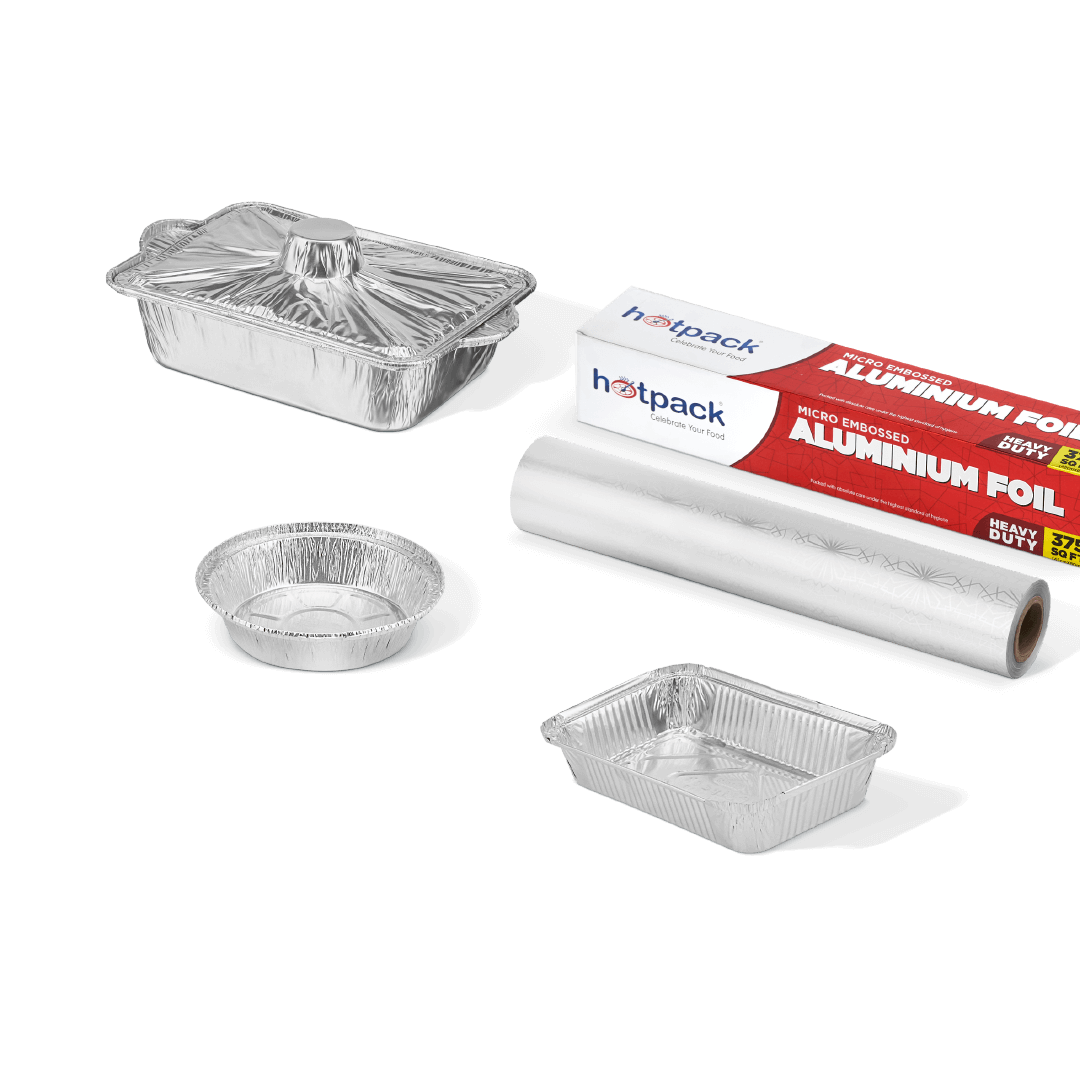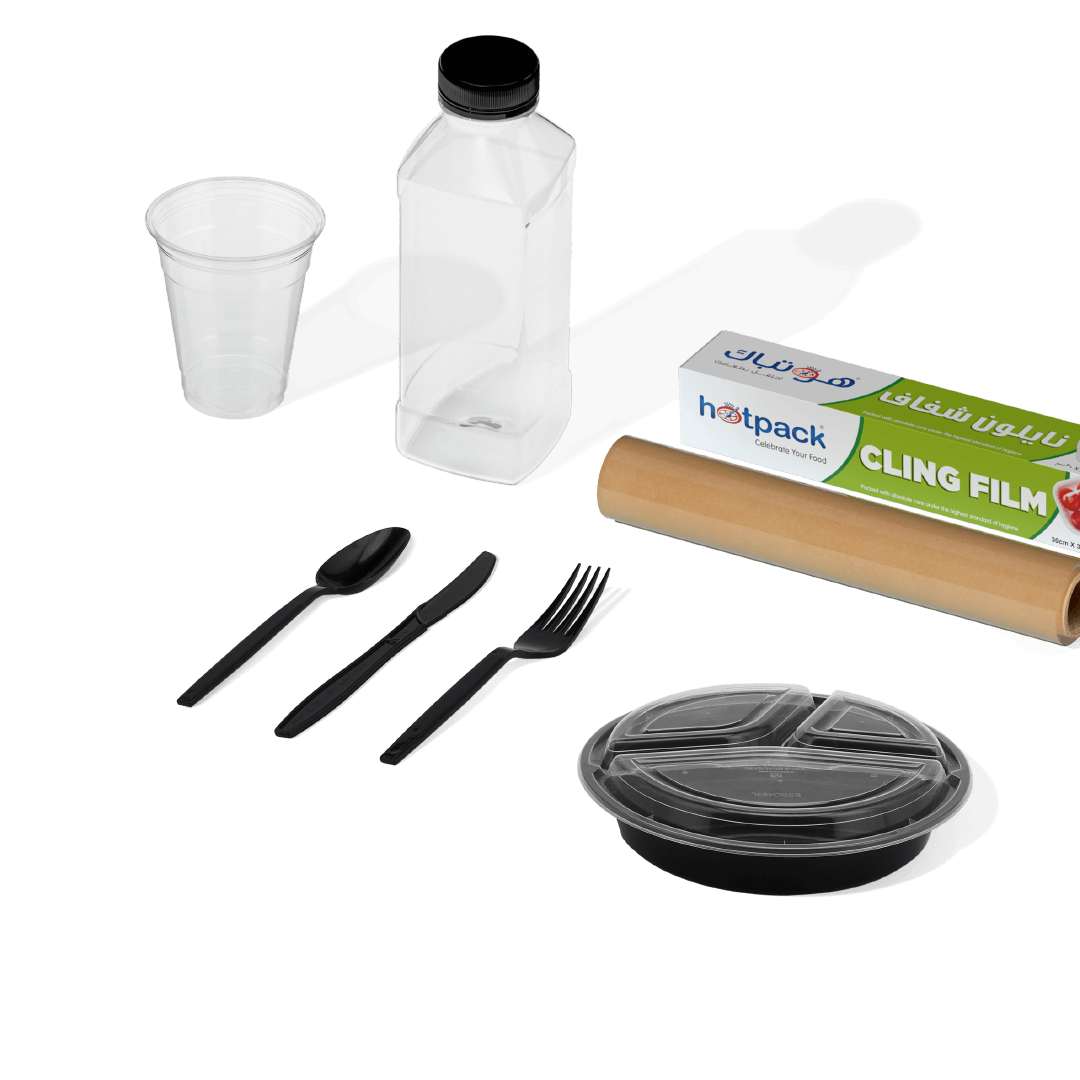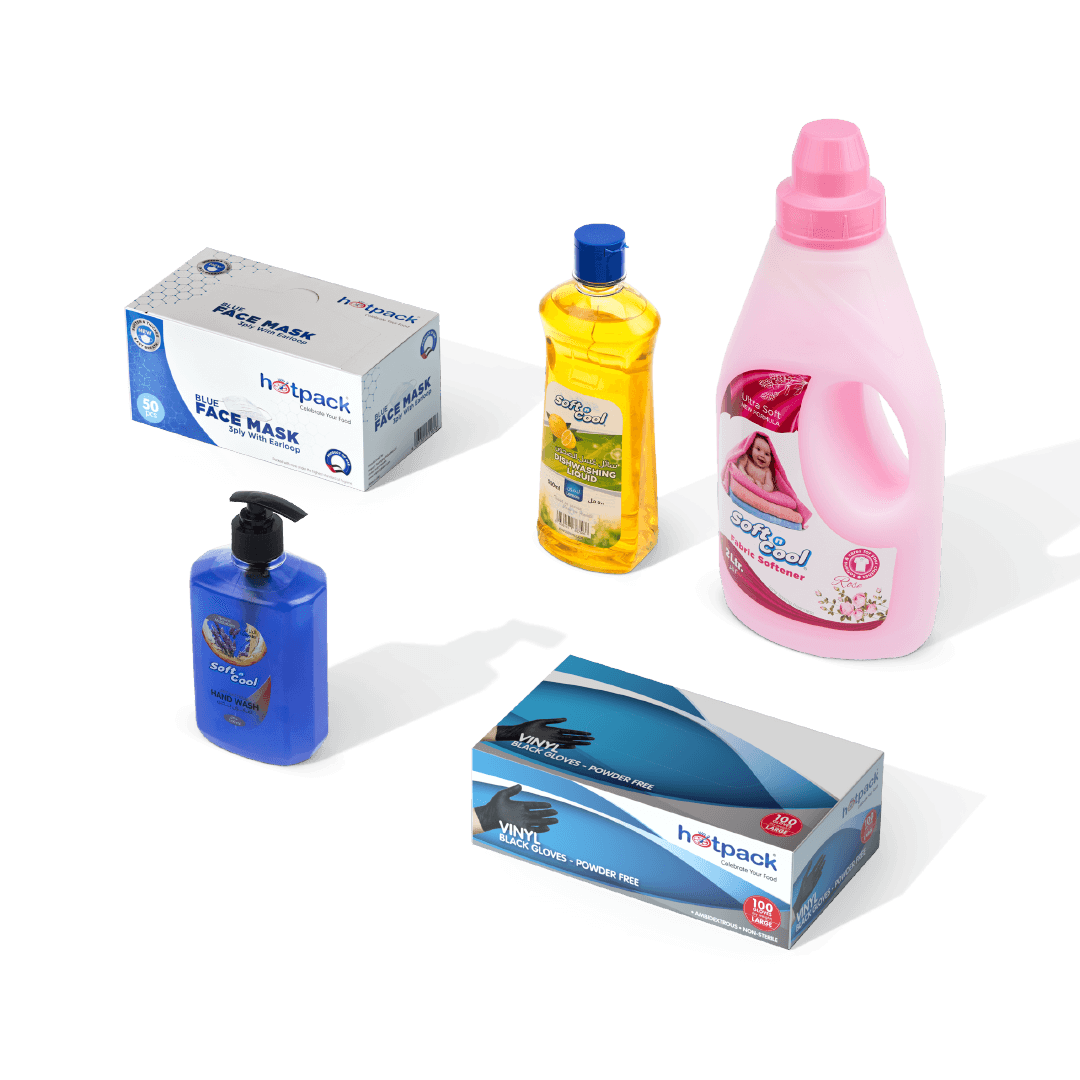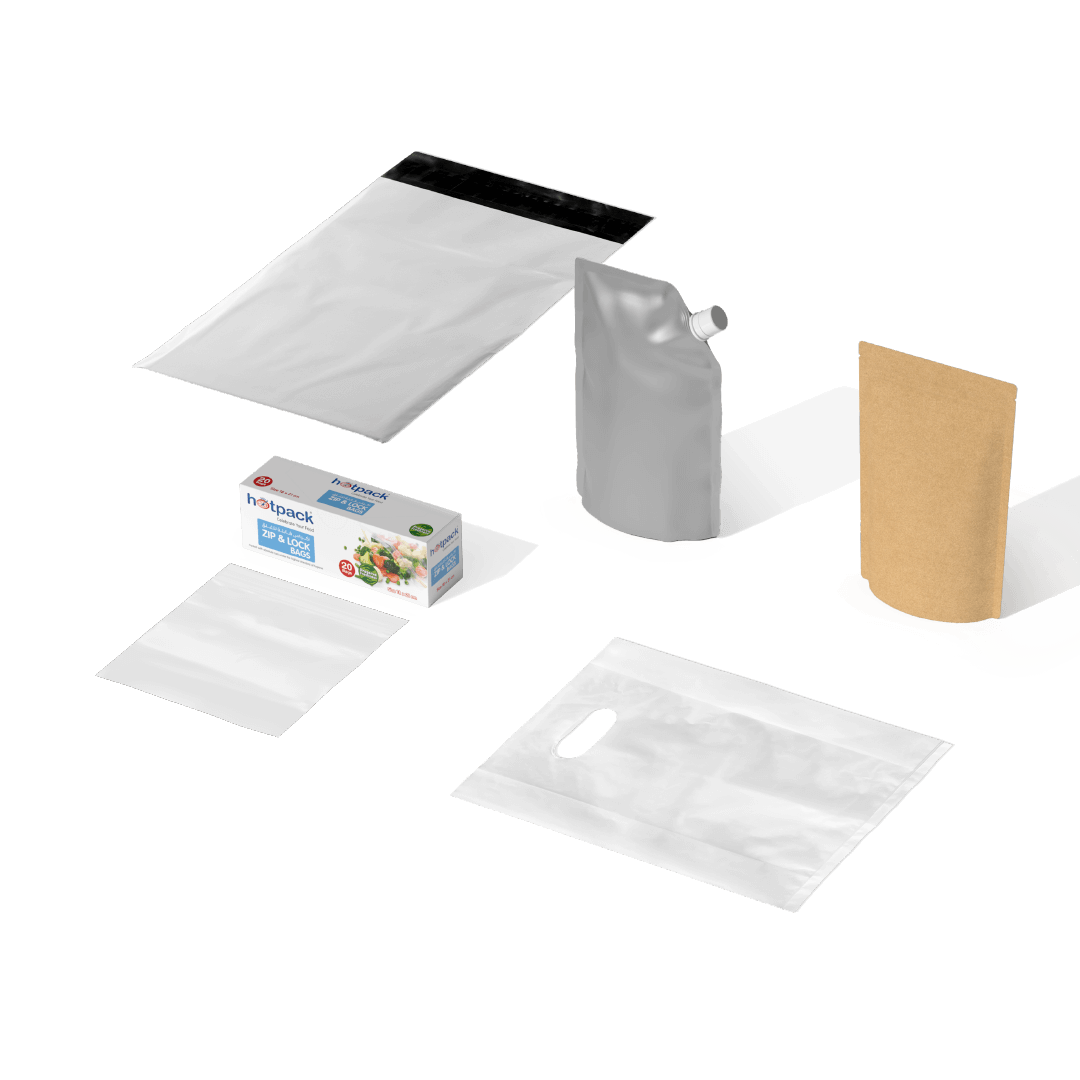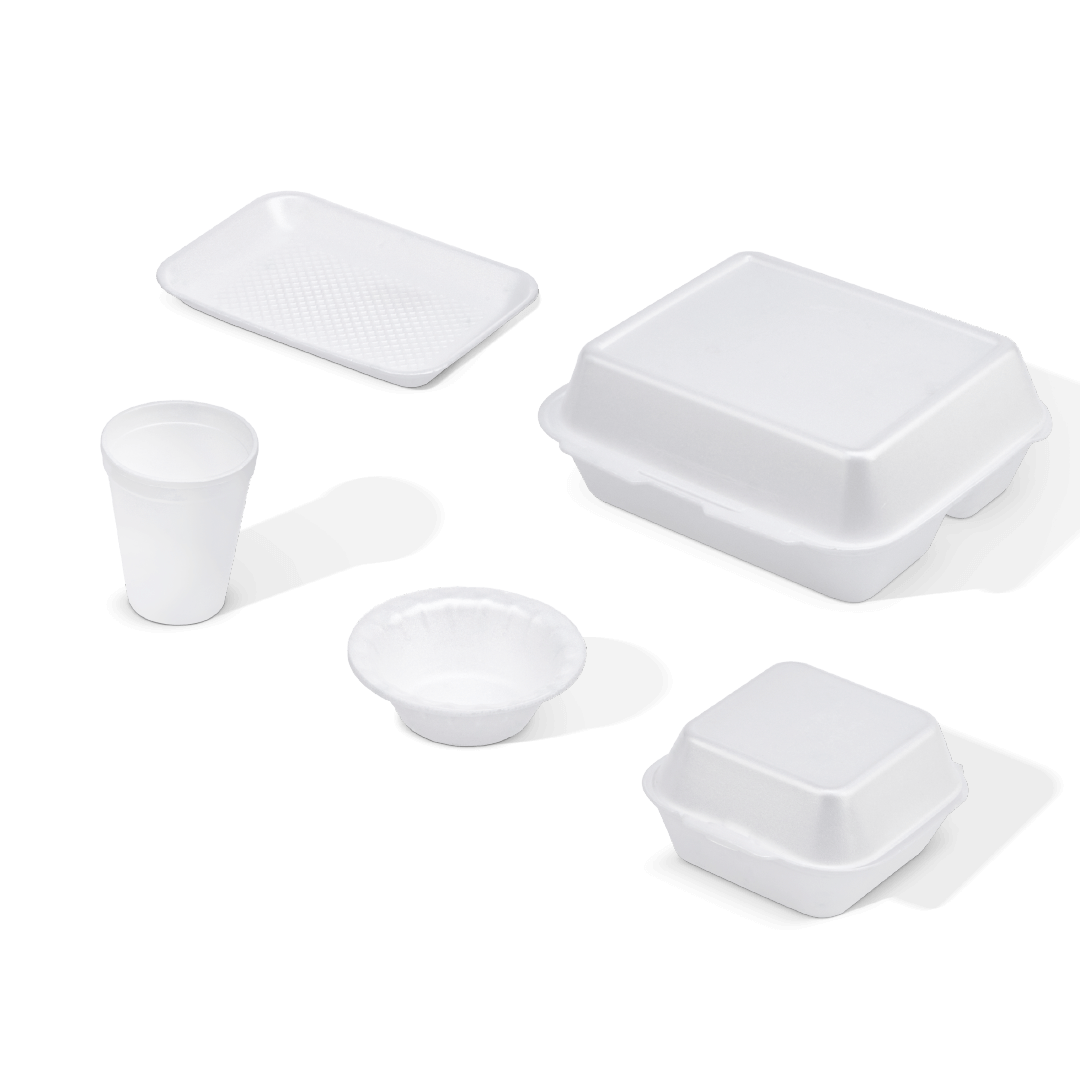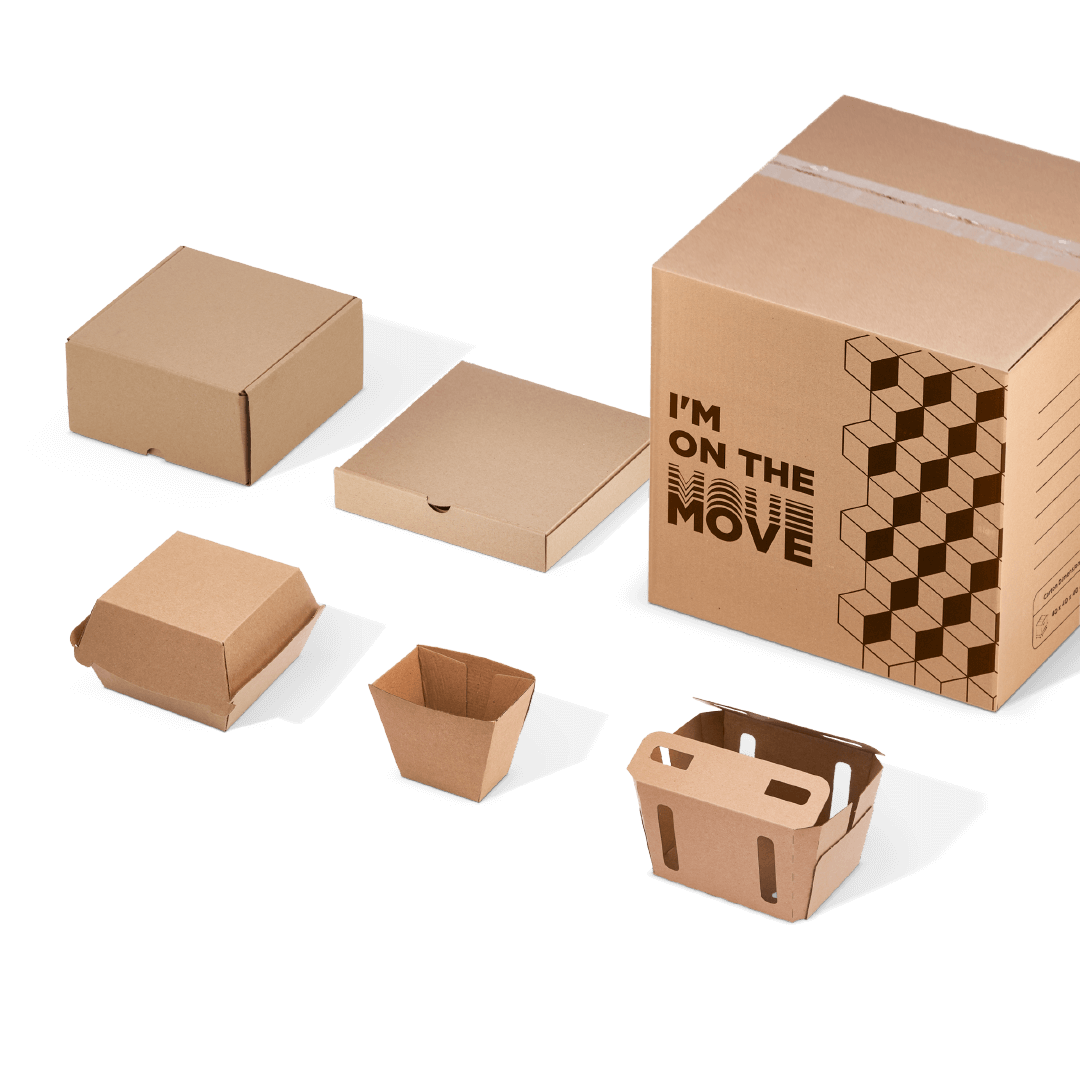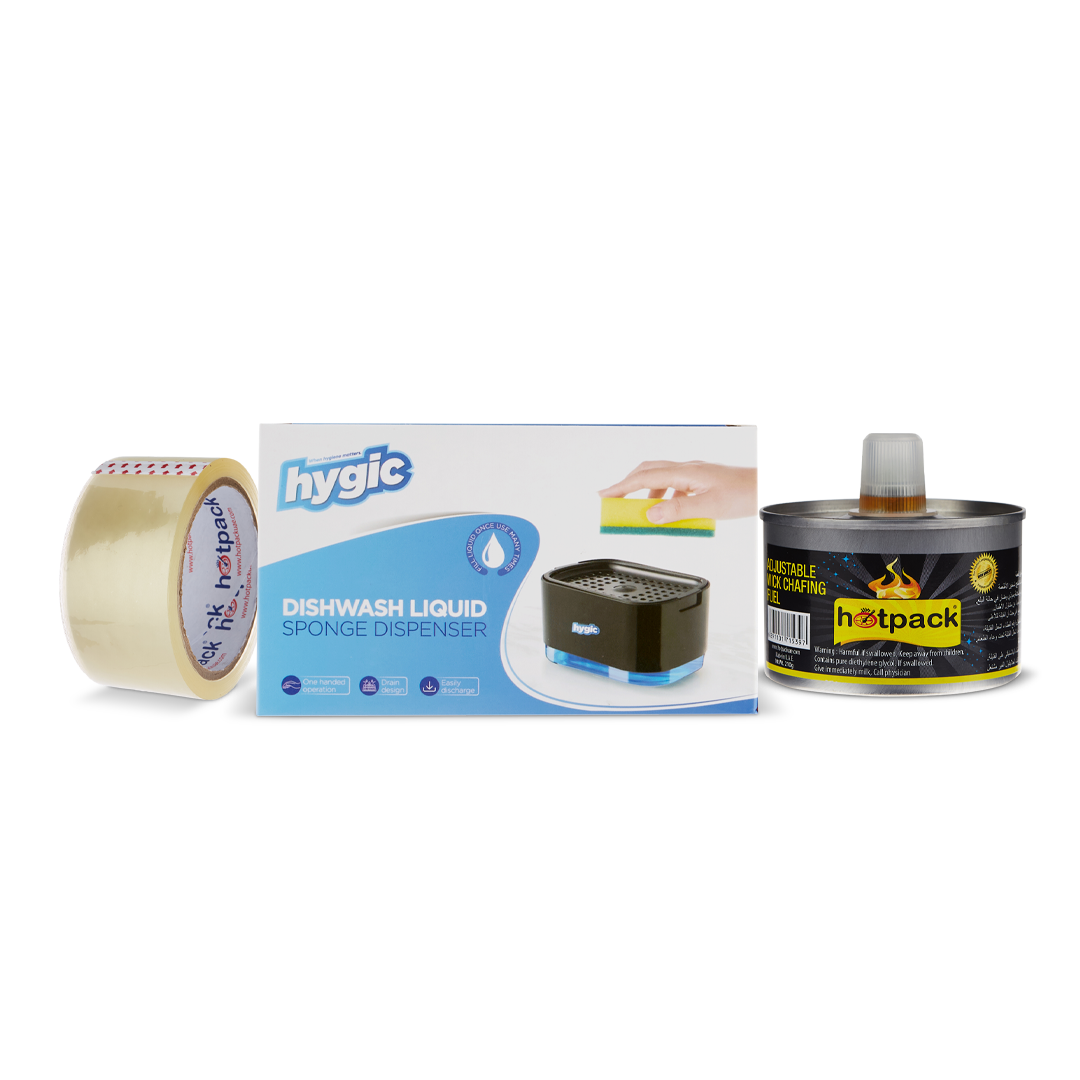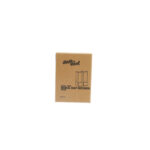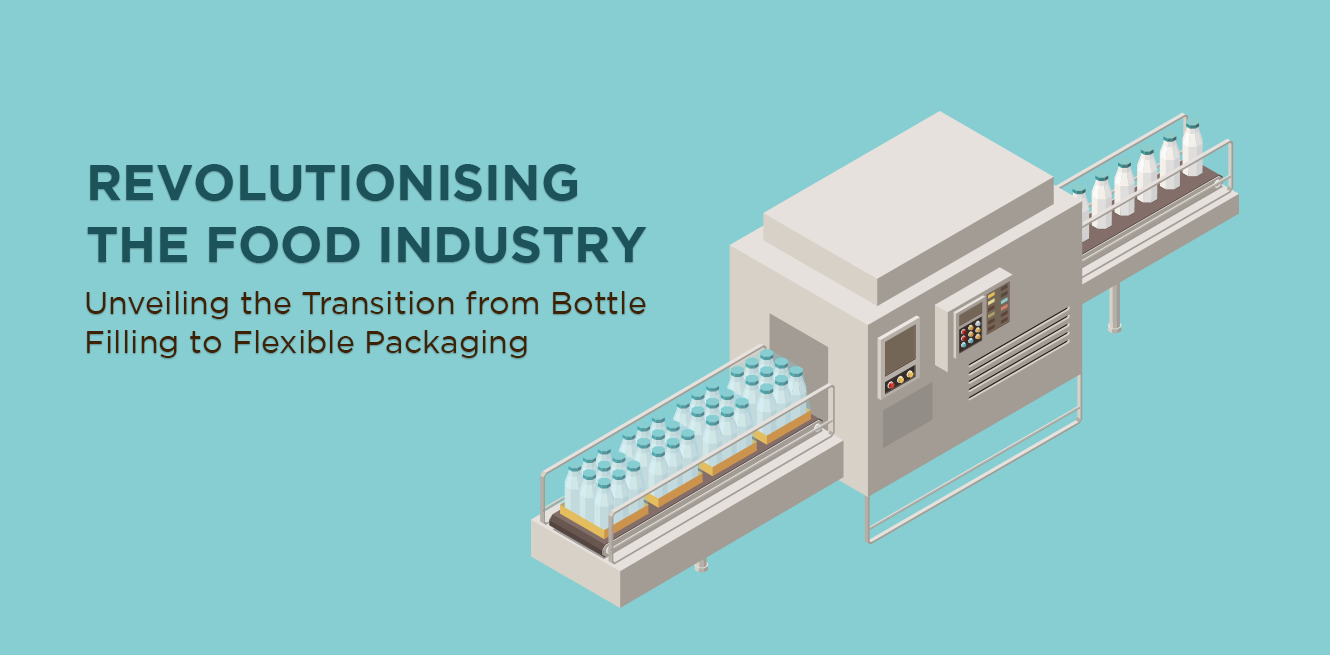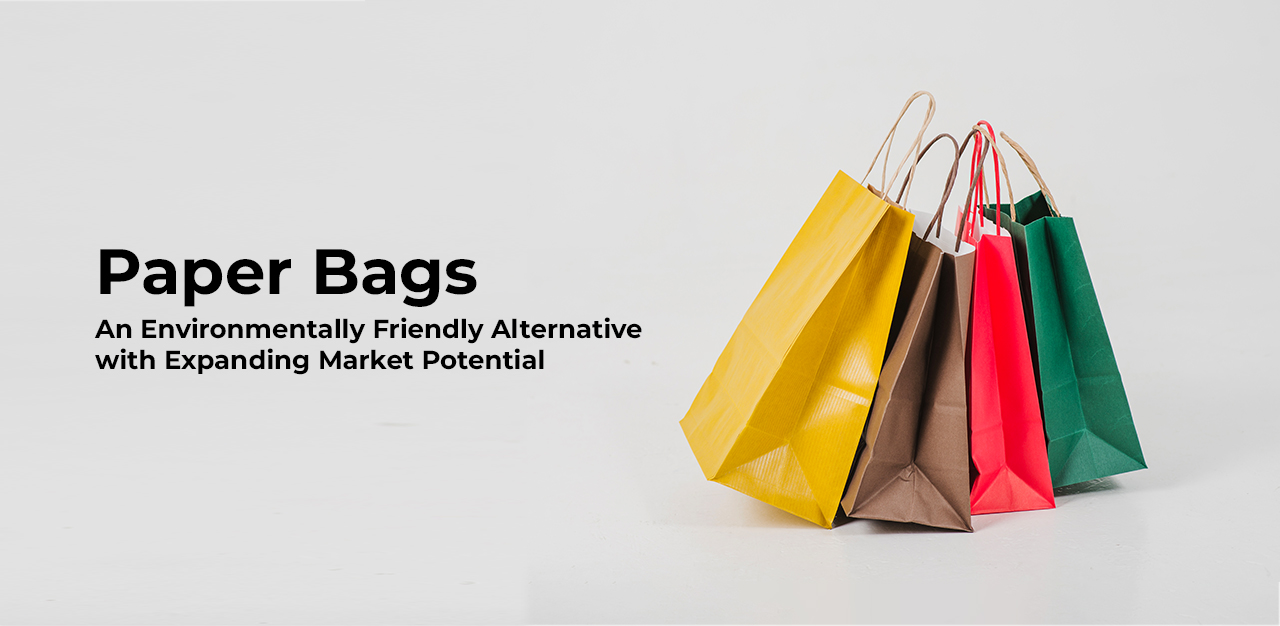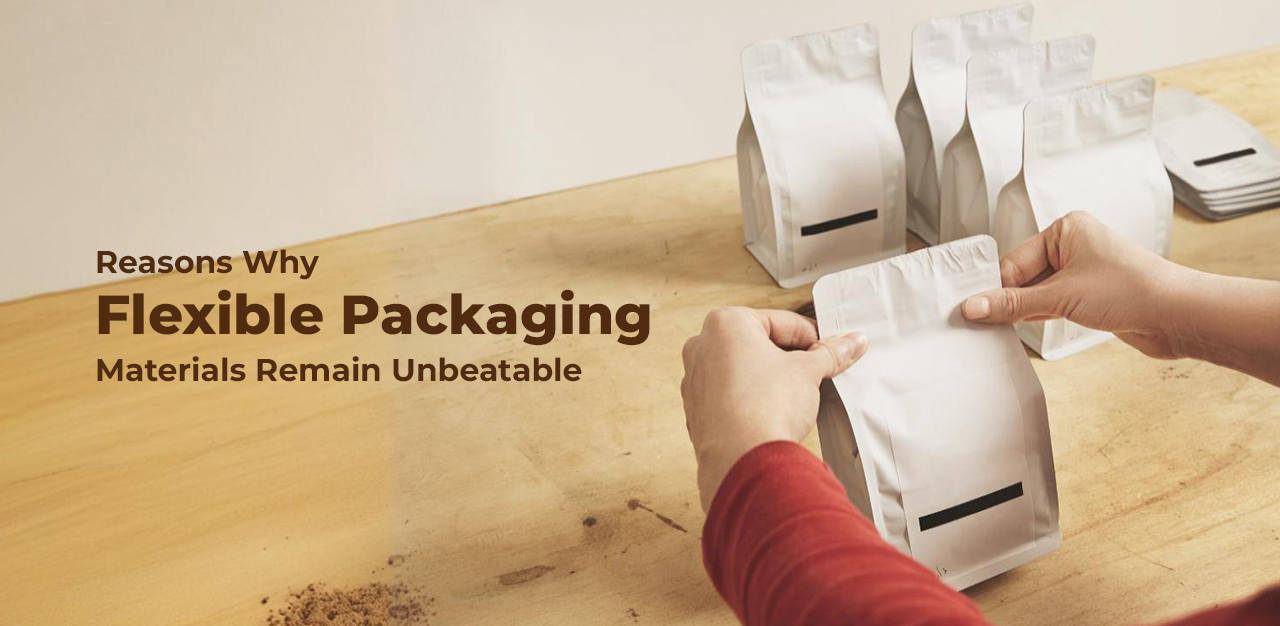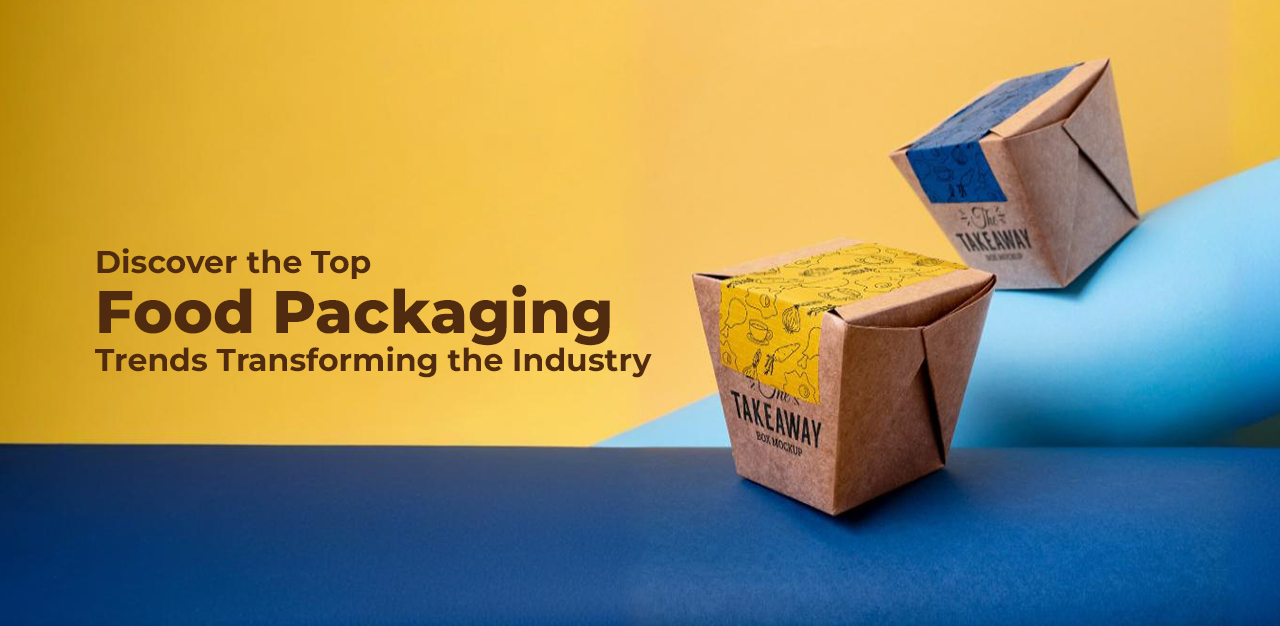The food packaging business is essential to guarantee the safety, quality, and convenience of food goods that reach customers’ hands. Techniques for packaging food have significantly improved over time to satisfy the changing needs of both manufacturers and consumers. The switch from traditional bottle filling to flexible packaging company is one such significant change.
The Traditional Method of Bottle Filling
Conventional bottle-filling has long been a mainstay in the food and beverage sector when packaging liquids and semi-liquids. This technique places items in stiff bottles of materials like glass or plastic in predefined proportions. The procedure usually entails sterilizing the bottles, packing them with the appropriate substance, capping or closing them, and finally labelling the bottles with information.
Although the conventional bottle-filling technique has been helpful, it has several drawbacks. Bulky, rigid bottles frequently take a lot of energy and resources to manufacture and transport, adding to environmental concerns. Additionally, given the varied needs of contemporary consumers and the variety of product formulas on the market, the constant size and shape of the bottles might not always be suitable.
Limitations and Challenges of Bottle Filling
Despite being commonly used, bottle filling has some drawbacks. First of all, bottles’ rigidity limits their flexibility in terms of shape and size. When it comes to packaging goods in different numbers or unusual shapes, this can be a problem. Furthermore, bottles take up more room during storage and shipping, increasing prices and creating inefficiencies in the supply chain.
Furthermore, it is impossible to overlook how filling bottles affect the environment. Single-use plastic bottle use increases the amount of plastic garbage generated and endangers the environment severely. Alternative packaging options are gaining traction as sustainability becomes a top priority in the food industry.
Introduction to Flexible Packaging
Packaging solutions have changed due to the dynamic and innovative product containment and preservation approach. Contrary to conventional rigid packaging, which frequently uses stiff materials like glass or plastic bottles, flexible packaging includes various lightweight, adaptable materials to meet the constantly changing demands of contemporary customers and industries.
This cutting-edge packaging innovation combines the benefits of simplicity, sustainability, and adaptability. Preserving the integrity and freshness of a wide range of products, from food and beverages to pharmaceuticals and consumer goods, entails using flexible materials like films, foils, and laminates that have been properly developed. Flexible packaging represents a seamless fusion of aesthetics, utility, and product encasing.
Advantages of Flexible Packaging in the Food Industry
There are many benefits of flexible packaging for the food business. It first provides improved product protection. Food products’ longevity and freshness are ensured by the flexible materials used in packaging by acting as a barrier against moisture, oxygen, and light. Extending the shelf life of perishable goods lowers food waste and enhances sustainability in general.
Second, flexible packaging makes it easier for producers and customers to do business together. These packages are light, lowering transportation costs and enabling more effective logistics. Flexible packaging is perfect for on-the-go consumption and lessens food spoiling since it has easy-to-open features, resealability, and portion control options.
Additionally, flexible packaging enables firms to stand out on store shelves and attract customers with innovative and attractive designs. High-quality graphics printed directly on the packaging increase brand visibility and produce an unforgettable shopping experience for the consumer.
The Transition from Bottle Filling to Flexible Packaging
The food sector is increasingly moving towards flexible packaging instead of bottle filling. Manufacturers are ready to adopt this cutting-edge strategy as they recognize its many advantages. Re-evaluating packaging tactics, purchasing new equipment, and working with package vendors who have experience with flexible packaging solutions are all part of the change.
Although the change may necessitate some initial investments, the long-term financial savings and environmental advantages outweigh the difficulties. Manufacturers can improve their supply chains, use less packaging material, and streamline production operations.
The Food Industry’s Use of Flexible Packaging in the Future
Flexible packaging in the food business appears to have a bright future. The demand for sustainable packaging solutions will only grow as customer preferences change. Flexible packaging is in an excellent position to meet these requirements and adapt to the shifting demands of producers and consumers.
Technological developments will significantly influence the future of flexible packaging. Innovations like smart packaging, which contains sensors to watch product freshness and quality, will further improve food safety and traceability. The environmental issues brought on by packaging waste also will be addressed by the event of recyclable and biodegradable materials.
Challenges and Considerations in Implementing Flexible Packaging
Although there is no denying the advantages of flexible packaging, there are obstacles and factors that producers must consider when making the switch. First, assessing if current production lines can work with flexible packaging equipment is necessary. This can call for adjustments or new equipment investments to guarantee a smooth transition.
Additionally, consumers’ perceptions and acceptability of flexible packaging must be considered. Gaining consumers’ trust and support depends on educating them about the advantages of this packaging strategy and clearing up any misconceptions.
Regulations and standards for flexible packaging materials and manufacturing procedures should also be considered. Following these rules guarantees compliance and protects the integrity and safety of the product.
Conclusion
The food packaging sector has transformed from bottle filling to flexible packaging. The flexible packaging division is appealing to producers and consumers due to its benefits, including improved product protection, convenience, and sustainability. Despite obstacles and concerns, flexible packaging has a bright future because of technological improvements and rising consumer demand for eco-friendly solutions. Accepting this alteration will help the food industry as it becomes more efficient and sustainable.

